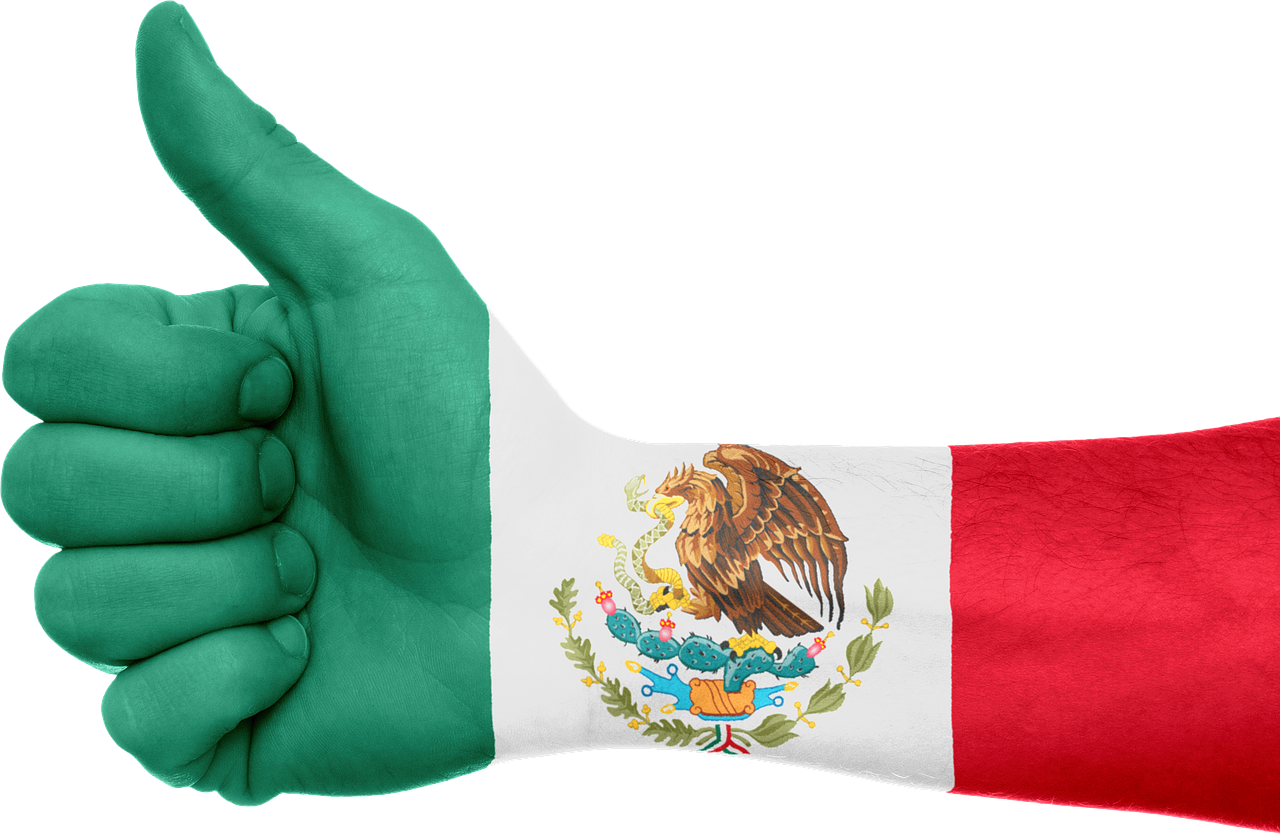Mexico’s Lengua de Señas Mexicana (LSM, Mexican Sign Language) is an integral part of the nation’s cultural and linguistic landscape, fostering communication and community among the Deaf and hard of hearing population. In this post, we’ll delve into the history, usage, governmental stance, and intriguing facets of LSM, offering a glimpse into this vibrant and essential form of communication.
Historical Roots
The roots of LSM trace back to the early 19th century when various forms of sign language were used within deaf communities across Mexico. However, it wasn’t until the 20th century that efforts were made to formalize and standardize sign language in the country. LSM began to emerge as a distinct and structured language, influenced by Mexican culture and linguistic nuances.
Usage and Community
Estimations suggest that there are over a million individuals in Mexico who identify as deaf or hard of hearing. LSM serves as a primary means of communication for this community, facilitating interactions in educational settings, workplaces, social gatherings, and within families. Its usage extends beyond the deaf community, with family members, educators, and professionals also learning LSM to foster better communication and inclusivity.
Government Recognition and Support
In recent years, there has been an increasing recognition of LSM by the Mexican government as a bona fide language deserving legal protection and support. Efforts have been made to incorporate LSM into educational curricula, promote its use in public services, and enhance accessibility for the deaf and hard of hearing population.
Interesting Facts About LSM
- Distinctive Linguistic Features: LSM is distinct from spoken Mexican Spanish, with its own grammar, syntax, and cultural references. It’s a visual-gestural language that relies on handshapes, facial expressions, and body movements to convey meaning.
- Regional Variations: Just like spoken languages, LSM exhibits regional variations across Mexico, influenced by local cultures and customs. These differences add depth and richness to the language.
- Continuous Evolution: LSM, like any living language, continues to evolve. New signs emerge, while existing signs may adapt to reflect changes in society, technology, and cultural trends.
- Cultural Significance: LSM isn’t merely a mode of communication; it embodies cultural identity, fostering a sense of belonging and community among its users.
Engaging with LSM
For those intrigued by LSM, there are various ways to engage and support the language and its community:
- Learning LSM: Numerous resources, including online courses, workshops, and educational materials, cater to those interested in learning LSM.
- Supporting Inclusivity: Encourage businesses, educational institutions, and public services to embrace LSM, ensuring inclusivity and accessibility for the deaf and hard of hearing community.
- Cultural Exchange: Engage in cultural exchanges and events that promote LSM and deaf culture, fostering understanding and appreciation.
In conclusion, Lengua de Señas Mexicana (LSM) stands as a vibrant testament to Mexico’s rich cultural diversity. As a vital means of communication for the deaf and hard of hearing community, its recognition and support continue to grow, shaping a more inclusive and understanding society. By acknowledging and embracing LSM, we celebrate linguistic diversity and foster a more inclusive environment for all.



